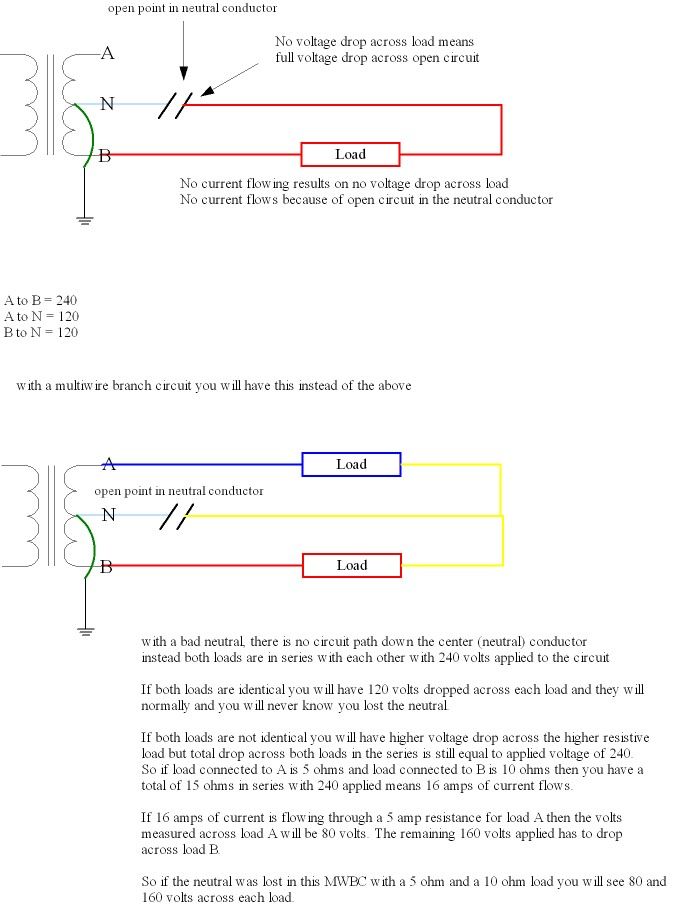beachbumjeremy
Member
Had a weird temporary power issue today at work, and wonder if anyone can shed some light on this for me. Our spider box started smoking things, chargers, lights, etc. I did a voltage test with my digital multi-meter, and was getting 190v hot to ground ("A" Leg) and neutral, and 60 volts neutral to ground. On "B" leg I got 102V to ground and neutral. I didn't have my wiggy on me to test with that, but the incandescent lamps were noticeably brighter and my charger was smoking, so I believe the reading. I thought the box had gone bad, but I tested the corded and the same issue. I tested the power out of the box prior to that, same issue. When I took off the incoming cap into the spider box, it was not all the way in, and was partly out. I tested that cord and all was well. I plugged it back in properly and all problems disappeared. I'm led to believe the problem was the cord cap was not all the way into the box, however I can't figure out why this would cause in any way 190v on either leg. No issues in the cord cap itself, and there are no issues with the neutral or ground at the panel it originates from. Any ideas?

